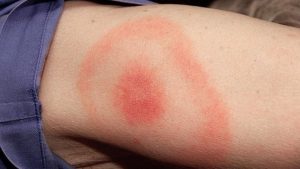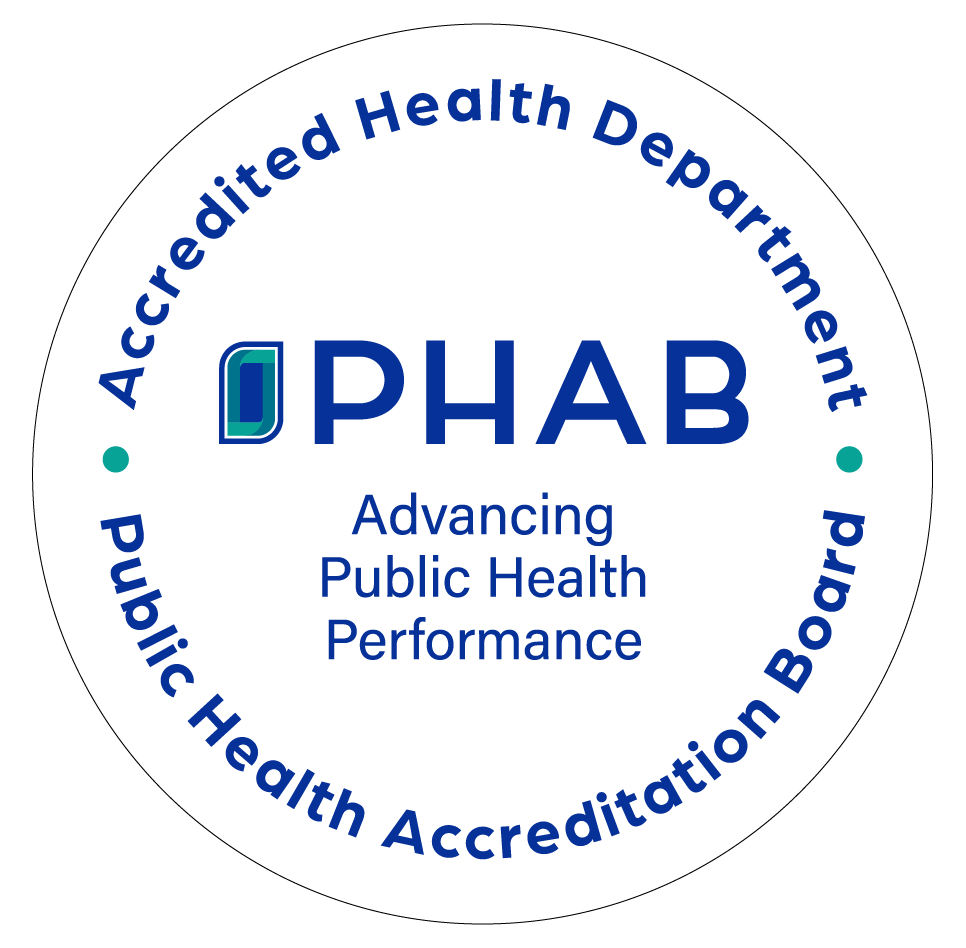East Shore District Health Department
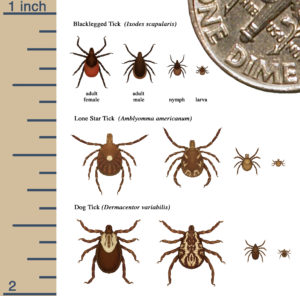
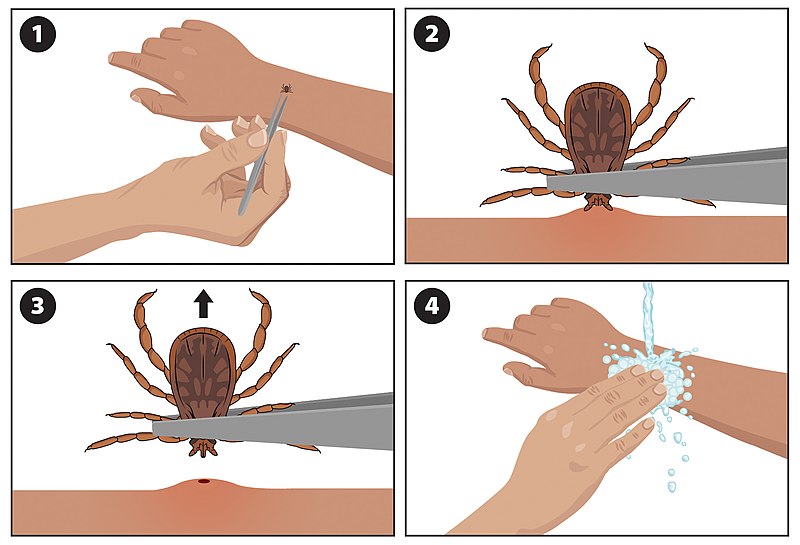
LYME DISEASE AND OTHER TICK-BORNE DISEASES
Lyme disease is caused by a bacterium carried by the deer tick. When an infected deer tick attaches to a person (host) long enough to take a full blood meal, the bacteria could be transferred to the host’s blood and cause illness.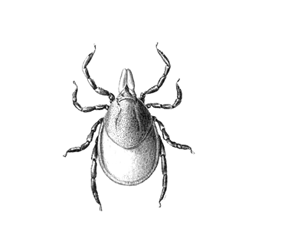
Lyme disease is the most common reportable illness within the health district. This disease is one of three diseases caused by the bite of an infected deer tick (Ixodes scapularis). The tick carries a type of bacterium called Borrelia burgdorferi, which is responsible for Lyme disease. The two other less common diseases carried by deer ticks are human Babesiosis and human granulocytic Ehrlichiosis. The deer tick is capable of co-carrying these disease agents. Another common tick in Connecticut, the dog tick (Dermacentor variabilis) is not capable of carrying the Lyme disease bacterium. Recently there has been an increase in the Lone Star Tick and the Asian Long-Horn Tick.
The health district offers the service of tick testing by the Connecticut Agricultural Experiment Station ($5 processing fee). If you or a family member finds an attached tick, after removal, you may bring the tick to the health district with the Tick Submission Form 2022.
We ask that our residents carefully remove the tick by using a pair of tweezers and pulling straight up off of the skin and place it in a plastic zip-lock bag. Do not squish the tick while it is lodged in your body, as that can disperse pathogens into your skin. Once the tick is secured, bring it to our office at 688 East Main St. in Branford, and for a small fee, we will send it to the CT Agricultural Experiment Station in New Haven. There, it will be positively identified and tested to see what diseases it may be carrying. After an initial confirmation that the tick is a deer tick, it will be forwarded to the Ag Station for definitive identification and for the presence of the Lyme disease bacterium.
The health district has educational information on Lyme disease as well as backyard tick control. The Connecticut Agricultural Experiment Station (https://portal.ct.gov/CAES/Tick-Office/Tick-Office/Tick-Related-Information) is another excellent resource for tick information and control.
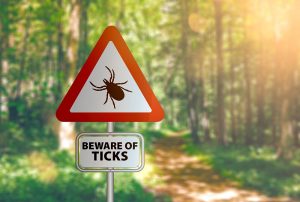
To reduce your risk of getting tick bites are as follows:
- Check yourself for ticks after being outdoors or after interacting with pets that have been outdoors.
- Use bug repellent with DEET in it when recreating or working in wooded areas.
- Wear long pants and long-sleeved shirts
- When going into your home after being outside in the garden or woods, take a shower and scrub with a loofah. It typically takes 24 hours of being attached for a tick to transmit disease.
Anyone who experiences a tick bite should monitor their symptoms and send it to their municipal health department. See your healthcare provider if any of the symptoms appear 3 – 30 days after a tick bite :
- a characteristic rash called erythema migrans
- fever
- headache
- fatigue
- joint or muscle pain
